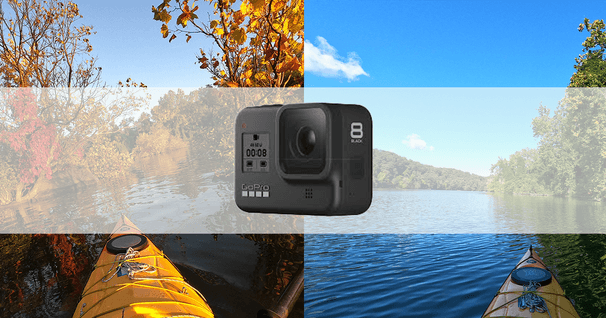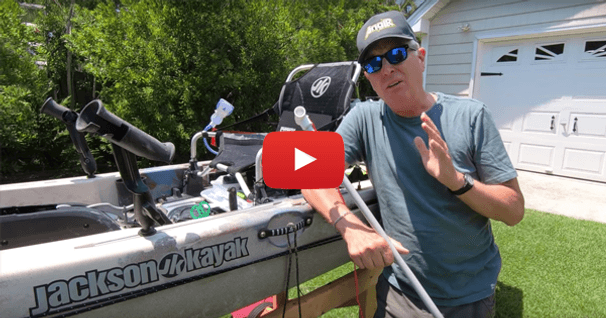Handheld VHF Radios
Compact Very High Frequency (VHF) radios can be an extremely useful piece of signaling equipment and a good way to maintain group contact across the water. They have a useful range of about 5 miles and operate on a line-of-site signal. In other words, if there is a big hill between you and the location you are trying to call; well, its just not likely to work. I have lengthened my calling distance by climbing a palm tree….climbing a hill could also aid you as long a you are calling across water. Bear in mind that it is illegal to use handheld VHFs on land the way you would family radios.
They have a couple of advantages over cell phones…they work everywhere, they also host an array of NOAA weather channels and larger boats that you share the water with are required to monitor channel 16, the emergency channel. In a pinch, you can even call a marine operator to get you on a phone line for calls to land based telephones. Most models currently available are loaded with features…instant channel 16, scanning, one or five watt send modes, up to ten weather channels, backlit displays and a variety of waterproof/resistance options. They range in price from $100 to close to $500…the latter being a titanium model you can drive your Hummer over.
Why do you need one? One of the most useful features is the excellent weather information available. You have several stations to choose from and reception is usually far superior to $30 weather radios. Clearly, being able to call for assistance when needed is a plus. If you are part of a larger paddling group and split into multiple pods, it can be a very useful tool to maintain contain between smaller groups. In the southern Caribbean, I've used my to call for taxis, make restaurant reservations and even ordered a pizza once.
Some features to look for:
- Durability: You do get what you pay for. The lowest cost models are probably not worth your time. Look for a model with a 3 year warrantee or better that has easy to use buttons and will work inside a waterproof case.
- Waterproof: Some models are called waterproof, but may only take occasional splashing. Others are labeled submersible. Though you are unlikely to be using one while snorkeling, serious waterproofness is a great advantage. Just remember, it still doesn't float. It may be functional at 30 ft. of depth, but you've got to find it first.
- Power: A battery pack that can be swapped with AA batteries in the event you run out of power. Most models come with Nicad batteries which don't take a full charge if not fully discharged every time you use them. Some of the newer, higher end models use lithium ion cells which do not have this problem.
***Recommended: There are many fine waterproof bags now available that will protect your radio while stowed and in use. Some even come with a handy foam flotation insert….a PFD for your radio.
Where can you get them? Well most marine and boating shops offer the best selection and prices over the sport shops. Some of them even have on-line catalogs. The truly waterproof models have recently dipped below $200 as well, making this safety aid more affordable than ever.
Michael Gray owns Uncommon Adventures and relies on his radio for most basic communication needs at his winter base in the Bay Islands of Honduras. Check them out on the web at www.uncommonadv.com
Related Articles
~A Paddler's Post submitted by Gregg Jackson~ For decades I had combined the joys of hiking and…
Forget paddles and forget pedals, there is a new way to get from Point A to Point B in your kayak: Jet.…
Learn to make a good DIY stake out pole so you can save some money for other kayak updates!
Looking to step up your kayak fishing game? Check out how to add a fish finder to your YAK and soon…



